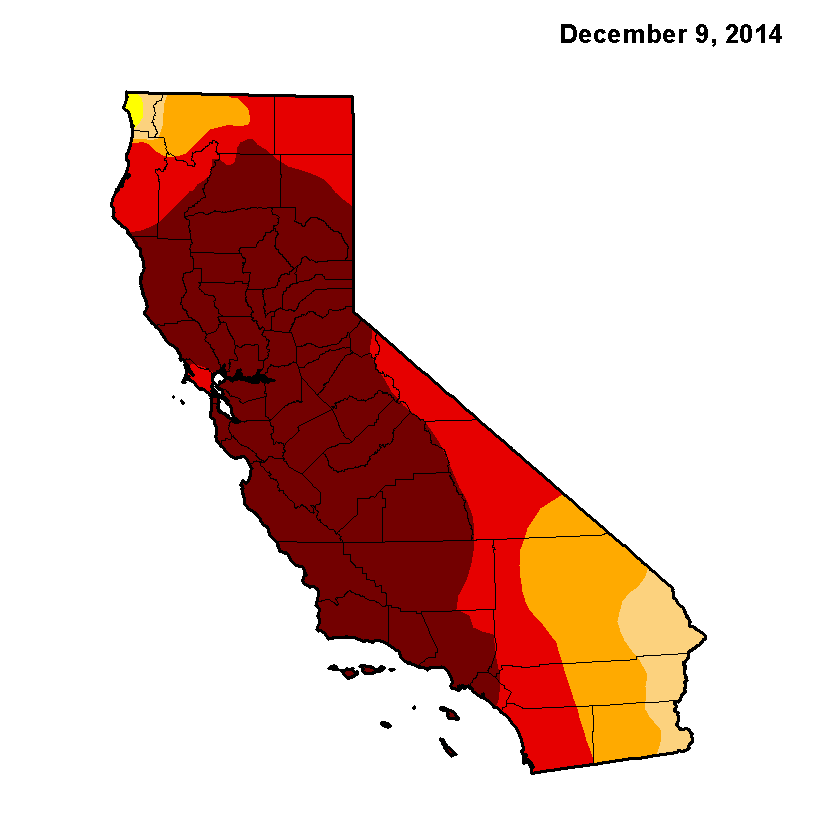The recent announcement that California Governor Jerry Brown signed an executive order to reduce California’s water use 25 percent was met by varying reactions from the Mill Valley community. Some of those reactions took the form of indignant refusal or plain apathy. People resented any small inconvenience that this may pose on their daily lives, such as taking shorter showers. Regardless of the veracity of the argument that such statewide restrictions shouldn’t apply to Marin County because we provide most of our own water through reservoirs, it’s time to address the often narrow minded thinking when it comes to adjusting our behaviors to respond to the ongoing drought, which is likely to continue indefinitely.
While people complain about, or simply ignore, the drought, they are also ignoring the fact that most experts have postulated that our drought has become the “new normal” for our state. In addition to low rainfall, the California snowpack–the amount of compressed snow that accumulates–has nearly disappeared. The Snowpack provides about one-third of the state’s water, and according to the California state website our snowpack is down to five percent of its normal capacity as of April 1. This is very bad news, as everybody who lives in California depends on water from the melted snow.
After considering these dire circumstances, one may wonder why legislative action is just now being taken, and why we are only cutting 25 percent of our water usage instead of more. It is important to remember that politics are always behind the times when it comes to looming environmental disaster, and the fact that mandates are being enacted now should indicate to everyone how serious this situation has become. This recent executive order should in no way be viewed as addressing a problem that has just begun.
There exists a peculiar ideological gap within Tam’s student body. Although people may comply with mandatory drought regulations in the short term, we at the Tam News have noticed a mindset based on assumptions about the drought with the belief that the drought will either end or the individual will eventually leave the state. This particular mindset is disturbingly popular among Tam students planning to move away for college. Many view the drought as an issue they will soon be able to ignore. This type of thinking is both alarmingly devoid of long-term reasoning, and indicates that Tam students, and the Marin community, may not be taking this sustained drought as seriously as they should be.
We as California citizens have a responsibility for the future of our state and making sure that there is clean, accessible water available not only for things like agriculture and industry now, but also for future generations. If the idea of supporting a future generation is not enough to inspire Tam students, maybe the idea that some of Tam’s current students may at some point want to move back into California will be enough to cause the kind of dedicated and lasting lifestyle changes that our increasingly serious situation requires.
There are plenty of frightening statistics about the ways this drought will impact our future, both long term and short. The threat to California’s agriculture industry, which provides food to much of the country, is severe. Additionally, California’s ecology needs the water as much as we do. In Marin specifically, lack of water in reservoirs spell trouble for salmon. Big reservoirs, like Lake Shasta, are down to three-quarters capacity and this number continues to fall. Some places in California, including San Joaquin County, are registering less than half of normal rainfall. While it is tempting to give up, it is important to remember that there are many steps that each individual can take to reduce their water use and contribute to the statewide effort to ensure that California has a future.


